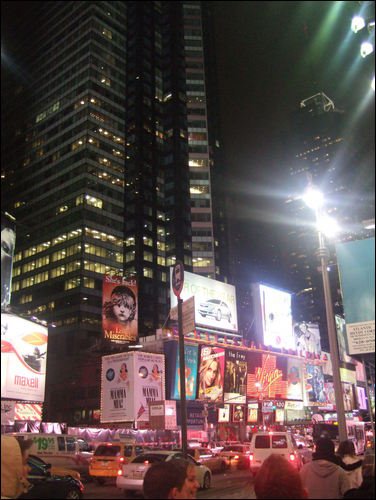1984 – Sky channel satellite television.
1998 – Digital satellite television (DST).
T.V. becomes a multimedia station – convergence.
New advances: remote controls, plasma screen, surround sound, HDTV, personal video recorder, timeshift technology.
Digital T.V. broadcasters make use of established means of television reception to carry digital television signals: aerial, satellite dish and cable.
DDT (digital terrestrial T.V.) – ITVDigital, Freeview, picked up by set-top box.
DST (digital satellite T.V.) – SkyDigital, signals are received by satellite dish.
DCT (digital cable T.V.) – Telewest, NTL, fibre optic cabling connected to subscriber television texts.
Narrowcasting – niche audiences based on specific interests or genres.
The Internet and Music.
- How has the music industry changed by the development of new technology?
- New media technology has touched the production, content, performance and reception of popular music in a profound way in the last 20 years. These developments have been driven by the music industry, the musicians and consumers. The internet is at the centre of today’s most contentious debate concerning music – distribution.
- Digital technology democratises music making. An artist is now often a producer, performer and engineer – a “digital auteur”. Digital technology has converged everything.
- Independent distribution has been made possible by the internet – do you really need a record deal anymore when you can put yourself out there yourself? Power has been taken away from those that own and control recording studios.
- New media technologies have massively opened up the ability for popular music to penetrate home environments, and has opened up the way that music is listened to, experienced and consumed e.g. Hi-Fi, PC, DVD player, games console, radio, music stations etc.
- Digital music empowers the listener in ways that were never possible with vinyl or cassette tape. They can re-order tracks, create new “narrative” by repeating or skipping, and listening therefore becomes a creative form of production.
- Stereos mean that listening to music becomes a private but mobile experience. It provides a private soundtrack to what might be an otherwise soulless encounter e.g. tube rides, bus journeys and fitness training. This therefore domesticates the external world and blurs the boundaries between public and private.
- Convergence in other technologies such as mobile phones.
- Negative technological determinist: But is it an anti-social technology? Surely it stops or at least limits real human interaction?
- Internet allows for live performances to be transmitted, and for music videos to be streamed.
- Napster in 2000 was the leading technological development of this kind.
- Peer to peer networks e.g. Kazaa and Gnutella allow users to transfer digital files between their PCs but with a huge backlog of viruses and spyware.
- 800 million illegal files are available on the internet. Kazaa cannot be prosecuted itself as it doesn’t “hold” any copyrighted files, it just provides the peer to peer service, however a user can be prosecuted for downloading copyrighted material from Kazaa.
- DRM – digital rights management – refers to technologies used by publishers or copyright owners to control access to or usage of digital data or hardware. If tracks are digitally rights managed they cannot be copied. Are they protecting the copyright or just trying to monopolise the market?
Film.


No comments:
Post a Comment